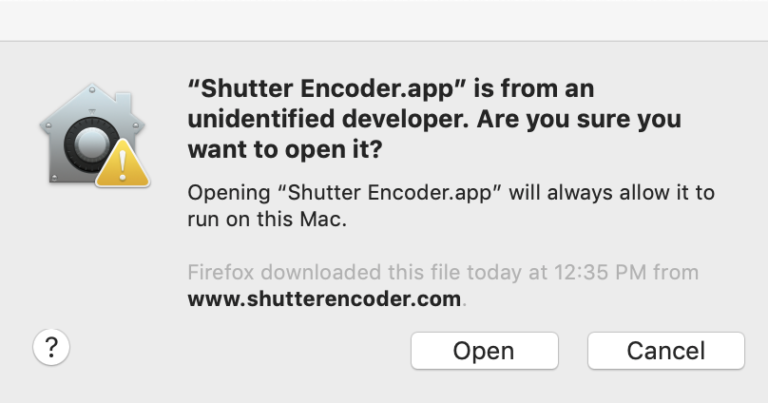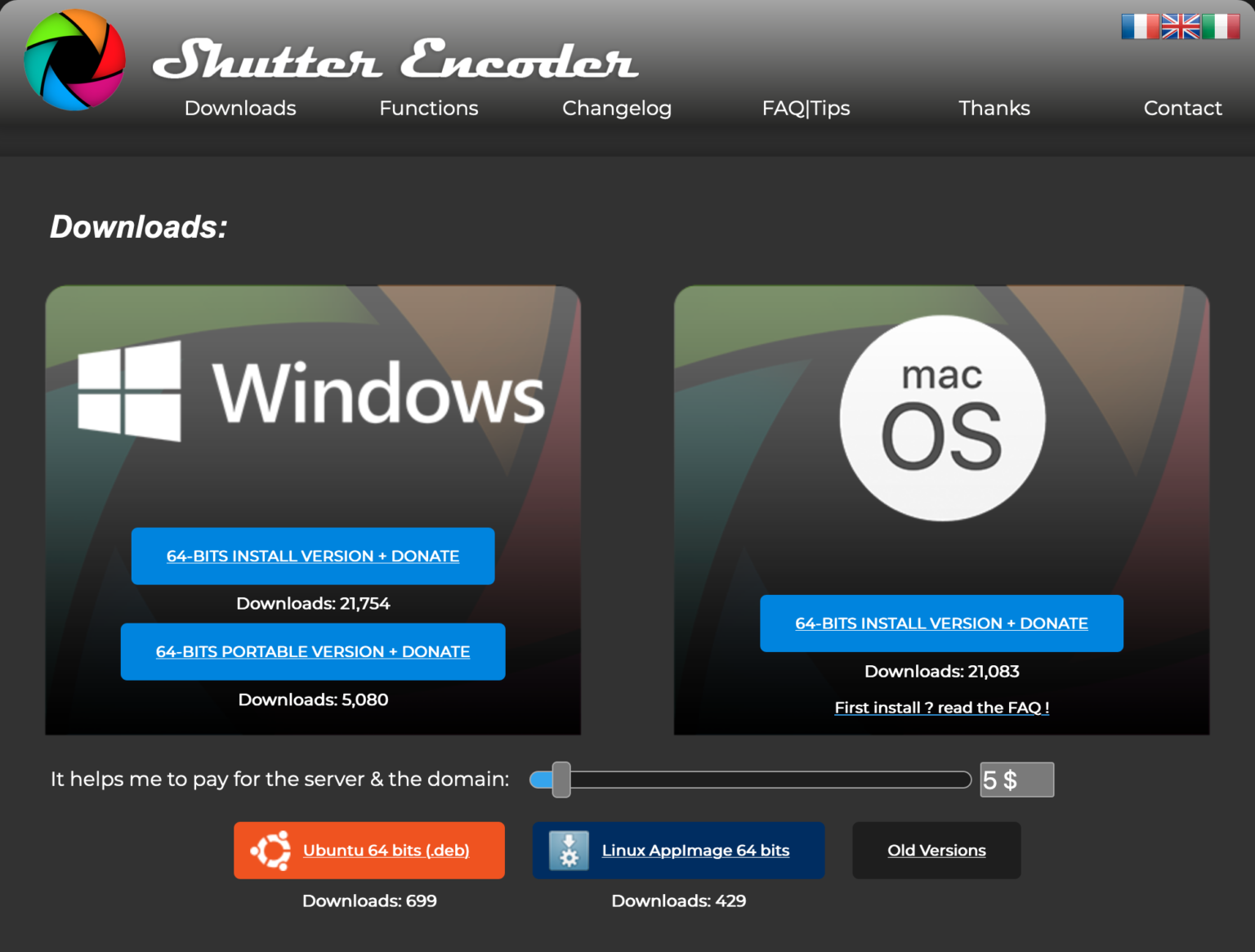
Why Is Video Compression Different Than Image Compression? So, you’ll likely go with a codec like H.264, combined with a medium-to-lower bit-rate.

When you’re planning on uploading a video online, you probably don’t want a file size that’s going to take all day to upload. Some codecs are ideal for editing or finalizing your video - such as Apple ProRes - and others are ideal for uploading online - such as H.264. The codec is the type of compression applied to your video during the export. The video codec you choose is also important. The H.264 codec is ideal for editing your video. Bit-rate is set during the exporting process and, in most cases, a higher bit-rate will result in higher quality video, but the cost is a larger file size. Bit-rate is the amount of data the video uses per second when it’s played back. The main contributing factor for a video’s file size is the bit-rate it’s encoded at.

So, let’s say you just exported a new video for YouTube, only to discover that the exported video is 20GB in size! (Not exactly a fast upload.) Obviously, most people aren’t going to be uploading 20GB videos, so what’s happening here? Let’s start by examining what makes video file sizes so large, then we’ll dive into steps for reducing file size (even by using free applications!). And, in many cases, it isn’t immediately clear why that is. If you’ve ever had to upload a video online, you know that video file sizes can vary wildly.

Let’s discuss compression, bit-rate, and more.
#Shutter encoder mac software#
Understand how video file sizes get so big, and the software you can use to make them smaller.


 0 kommentar(er)
0 kommentar(er)
